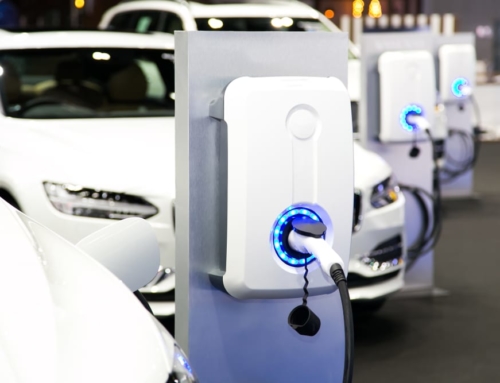Q: How do hybrids work?
A: Hybrid-electric vehicles (HEVs) combine the benefits of gasoline engines and electric motors and can be configured to obtain different objectives, such as improved fuel economy, increased power, or additional auxiliary power for electronic devices and power tools.
Some of the advanced technologies typically used by hybrids include:
Regenerative Braking.
The electric motor applies resistance to the drivetrain causing the wheels to slow down. In return, the energy from the wheels turns the motor, which functions as a generator, converting energy normally wasted during coasting and braking into electricity, which is stored in a battery until needed by the electric motor.
Electric Motor Drive/Assist.
The electric motor provides additional power to assist the engine in accelerating, passing, or hill climbing. This allows a smaller, more efficient engine to be used. In some vehicles, the motor alone provides power for low-speed driving conditions where internal combustion engines are least efficient.
Automatic Start/Shutoff.
Automatically shuts off the engine when the vehicle comes to a stop and restarts it when the accelerator is pressed. This prevents wasted energy from idling.
To help consumers understand, “just what is a hybrid anyway?” DOE created the Technology Snapshot series. The Snapshot brochures, available electronically on www.fueleconomy.gov, describe a particular vehicle technology and how it works, in plain English.
Each one also features a different commercially available vehicle and provides an overview of its performance, fuel economy, and emissions. DOE hopes the Snapshots will spark consumer interest in hybrid-electric and other advanced technology vehicles, and plans to continue the series as new models become commercially available.






Leave A Comment